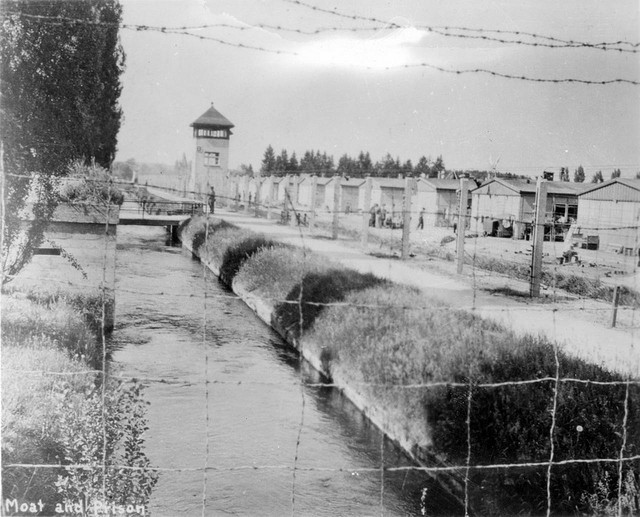Representing Prisoner of War Experience: One-day Interdisciplinary Conference
DOI:
https://doi.org/10.31273/eirj.v1i2.87Keywords:
War, prisoner, history, politics, film, art, archaeologyAbstract
On 9 November 2013 the Prisoner of War Network, in conjunction with the War and Representation Network (WAR-Net), brought together forty academics and researchers at the University of Warwick to discuss ‘Representations of Prisoner of War Experience’. In response to Paul Gready’s claim that ‘to be a prisoner is to be variously written’, scholars from across Europe and North America and a wide range of disciplines (including history, film, politics, literature, history of art and archaeology) discussed the fascinating work being done in the emergent field of prisoner of war studies, as well as the possible future directions and challenges for such research. Eighteen speakers approached the question of the representation of prisoner of war experience, both by the historical actors who underwent forced dislocation (captors and captives alike) and by researchers themselves.
Image: David Thompson (flikr)
Downloads
References
Bourke, J. (2006), ‘New Military History’, in Hughes, M. and W. J. Philpott (eds), Modern Military History, London: Palgrave.
Carr, G. and H. Mytum (eds) (2012), Cultural Heritage and Prisoners of War: Creativity Behind Barbed Wire, New York and London: Routledge.
Gready, P. (1993), ‘Autobiography and the “Power of Writing”: Political Prison Writing in the Apartheid Era’, Journal of Southern African Studies.
Jones, H. (2008), ‘A Missing Paradigm? Military Captivity and the Prisoner of War, 1914 –18’, Immigrants & Minorities, 26: 1-2.

Additional Files
Published
Issue
Section
License
Authors who publish with this journal agree to the following terms:
Authors retain copyright and grant the journal right of first publication with the work simultaneously licensed under a Creative Commons Attribution License (CC-BY), which permits use and redistribution of the work provided that the original author and source are credited, a link to the license is included, and an indication of changes which were made. Third-party users may not apply legal terms or technological measures to the published article which legally restrict others from doing anything the license permits.
If accepted for publication authors’ work will be made open access and distributed under a Creative Commons Attribution (CC-BY) license unless previously agreed with Exchanges’ Editor-in-Chief prior to submission.
Authors are able to enter into separate, additional contractual arrangements for the non-exclusive distribution of the journal's published version of the work (e.g., post it to an institutional repository or publish it in a book), with an acknowledgement of its initial publication in this journal.
Authors are permitted and encouraged to post their work online (e.g., in institutional repositories or on their website) prior to and during the submission process, as it can lead to productive exchanges, as well as earlier and greater citation of published work. (see: The Effect of Open Access)
